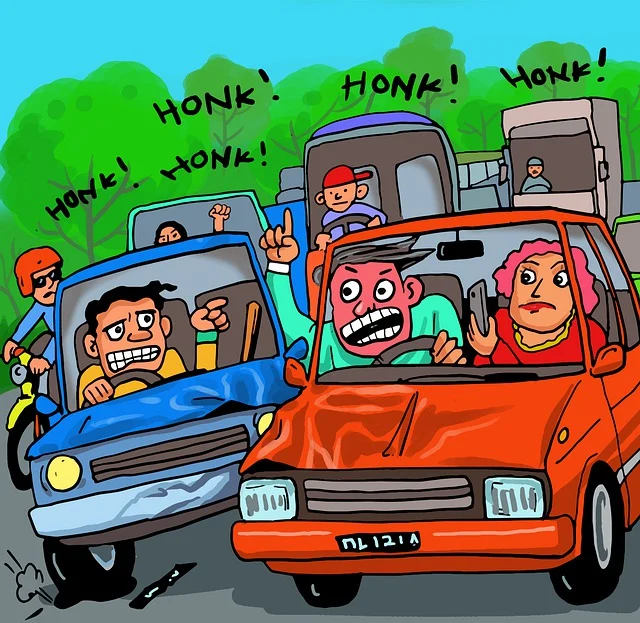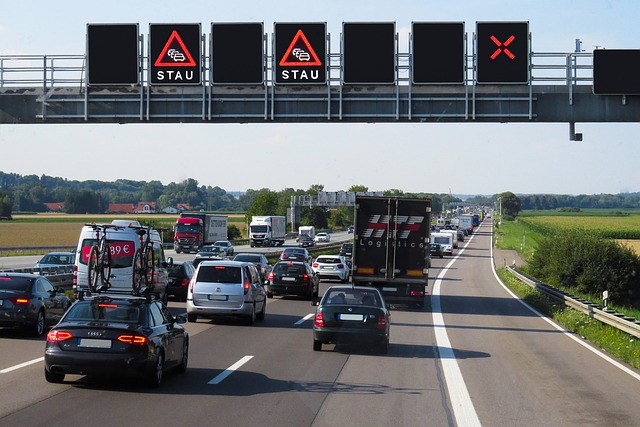Every year in India, 1.5 million people lose their lives in accidents. To put that into perspective, this number is greater than the total population of many countries, which have fewer than 1.5 million people in their entire nation. This highlights the significant impact of accidents on Indian society and the urgent need for improved safety measures and awareness.
India accounts for a significant portion of accident-related deaths worldwide. Specifically, 11% of all deaths caused by accidents globally happen in India. This means that out of every 100 accident-related deaths around the world, 11 of them occur in India.
Every 24 seconds, one person loses their life due to an accident. According to the World Health Organization (WHO), road crashes rank as the 8th leading cause of death worldwide. These accidents result in 1.3 billion fatalities and cause 50 million serious injuries. This underscores the global significance of road safety and the need to address this issue to save lives and prevent injuries.
The age group most affected by road accidents in India is people between 18 and 45 years old. In fact, about 67 percent of all accidental deaths are in this age range. This means that a large number of young and middle-aged adults are losing their lives in road accidents, highlighting the need for better road safety measures and responsible driving practices in this age group.

There are multiple causes for the road accident in India, few are as follows:
- Overspeeding: When drivers go too fast, they have less time to react to unexpected situations, making accidents more likely.
- Distracted Driving: Using mobile phones, talking to passengers, or eating while driving can divert a driver’s attention from the road, leading to accidents.
- Drunk Driving: Alcohol impairs judgment and coordination, making it dangerous to drive. Drunk drivers are more likely to cause accidents.
- Reckless Overtaking: Trying to pass other vehicles without caution can lead to collisions, especially on narrow roads.
- Poor Road Conditions: Roads with potholes, inadequate lighting, or improper signage can contribute to accidents.
- Lack of Seat Belt Use: Not wearing seat belts increases the risk of injury or death in accidents.
- Overloaded Vehicles: Trucks or buses carrying more than their capacity can lose control or have brake failures, causing accidents.
- Lack of Traffic Discipline: Disobeying traffic rules, running red lights, and not yielding the right of way can lead to accidents.
- Fatigue: Tired drivers have slower reaction times and impaired judgment, making them more prone to accidents.
- Inexperienced Drivers: Novice drivers may lack the skills to handle challenging situations on the road.
- Vehicle Defects: Mechanical problems, such as brake failures or tire blowouts, can cause accidents if not properly maintained.
- Weather Conditions: Rain, fog, or slippery roads due to ice can make driving hazardous if not done cautiously.
Reducing road accidents in India involves improving driver education, enforcing traffic laws, maintaining roads, and promoting responsible driving behaviors.
Preventing road accidents requires a combination of individual responsibility, good road design, and effective law enforcement. Here are some key measures to avoid road accidents:
- Follow Traffic Rules: Always obey speed limits, stop at red lights, yield the right of way, and follow other traffic rules and signals.
- Avoid Distractions: Stay focused on driving. Avoid using your phone, eating, or engaging in any activities that divert your attention from the road.
- Don’t Drink and Drive: Never drive under the influence of alcohol or drugs. Even small amounts of alcohol can impair your judgment and reaction time.
- Wear Seat Belts: Always wear your seat belt, and ensure all passengers do the same. Seat belts significantly reduce the risk of injury in accidents.
- Use Helmets: If you’re riding a motorcycle or a scooter, wear a helmet. It can save your life in case of a crash.
- Maintain Your Vehicle: Regularly check your vehicle’s brakes, tires, lights, and other essential components. Proper maintenance can prevent mechanical failures.
- Avoid Overspeeding: Drive at or below the posted speed limits. Adjust your speed based on road conditions and visibility.
- Keep a Safe Following Distance: Maintain a safe distance from the vehicle in front of you. This gives you more time to react to sudden stops or obstacles.
- Be Cautious in Bad Weather: Slow down and increase your following distance in adverse weather conditions like rain, fog, or snow.
- Stay Alert and Avoid Fatigue: If you’re tired or drowsy, don’t drive. Fatigue impairs your ability to react quickly.
- Be Mindful of Pedestrians and Cyclists: Look out for pedestrians and cyclists, especially at crosswalks and intersections.
- Avoid Aggressive Driving: Stay patient and calm. Aggressive driving behaviors like tailgating and road rage can lead to accidents.
- Educate Yourself: Enroll in defensive driving courses to improve your driving skills and awareness on the road.
- Promote Road Safety: Encourage friends and family to follow safe driving practices and be responsible on the road.
- Advocate for Road Improvements: Support initiatives for better road design, signage, and infrastructure to enhance safety for all road users.
Remember that preventing road accidents is a shared responsibility. Each individual can contribute to road safety by being a responsible and cautious driver. Additionally, governments and authorities play a crucial role in improving road conditions and enforcing traffic laws.
Conclusion:
In conclusion, road accidents are a major global concern that result in a significant loss of lives and economic resources. They affect people of all ages and backgrounds, with young adults being particularly vulnerable. To address this issue and reduce road accidents, it is crucial to prioritize safety measures on multiple fronts.
Individual responsibility plays a key role, as drivers, pedestrians, and cyclists must adhere to traffic rules and exercise caution. Avoiding distractions, not drinking and driving, and wearing seat belts and helmets are essential steps.
Proper vehicle maintenance and obeying speed limits also contribute to safer roads. Moreover, raising awareness about road safety and providing education on responsible driving can help prevent accidents.
Government authorities and policymakers have a vital role in improving road infrastructure, enhancing law enforcement, and implementing measures to reduce accident rates. Investing in better roads, signage, and traffic management can go a long way in preventing accidents.
- Bangladesh is burning!!
- Know truth behind the emergency in 1974!
- Know about fundamental rights as per Indian Constitution
- Climate Change drastically effects on Politics and Economy
- When Will We Emerge as a Developed Society for girls?

Make Google Web stories on your site on trendy content so you will get more relevant traffic on site and also increase in daily visitors after that you can apply for G AdSense for site .
Currently your sites monthly visiters going down from 2.4k to 1.3k /M
I think you have to shift your site in worldpress for better SEO and plugins attached for saving your time and increase in site SEO.
Thanks for reading…
Thanks for your suggestions. Will think regarding.